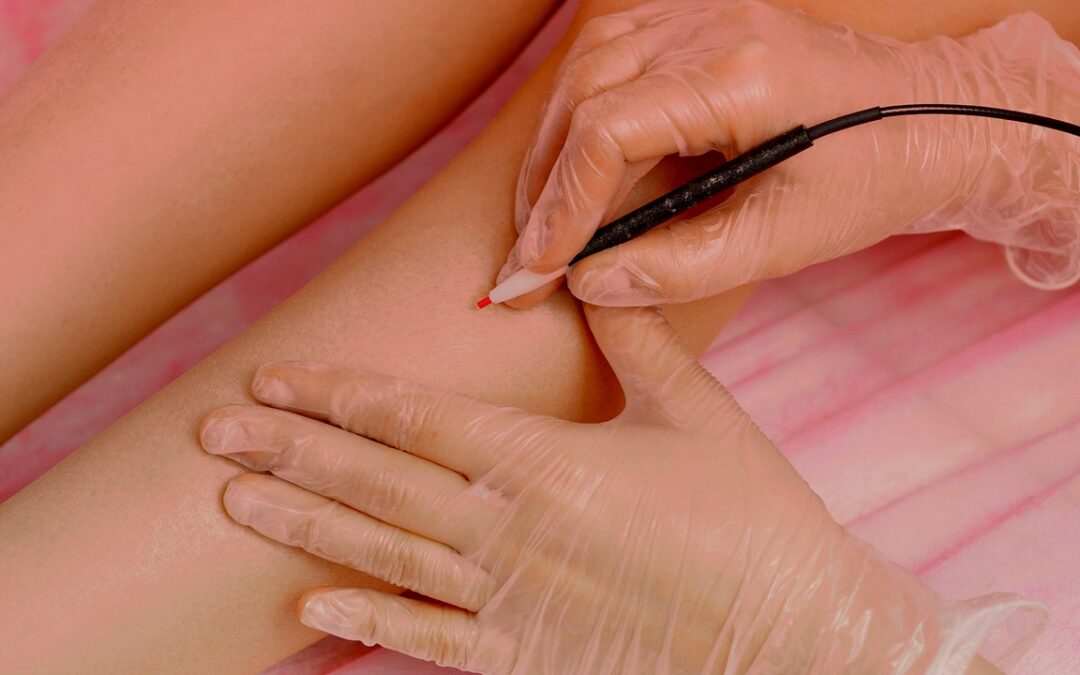That’s because “lasers have different wavelengths that are used to target chromophores, [the part of a molecule responsible for its color], below the surface of the skin,” says board-certified dermatologist Dhaval Bhanusali, MD. Finer, lighter-colored hair is simply more difficult for the laser to target.
That said, some laser hair removal devices and certain wavelengths can work on darker skin “if using the appropriate settings,” says Dr. Bhanusali. The wrong settings can result in skin discoloration or even burns, so if you have dark skin, it’s especially important to get laser hair removal from a board-certified dermatologist, never at a medi-spa (more on that in a bit). “Various wavelengths can also be used for lighter hair, but the results are not always as good.”
Over time, laser treatments destroy hair follicles at the root, which prevents the hair from growing as much or as quickly as it did before. The treatment can be used on most areas of the body, including sensitive areas like your face and bikini zone, and works well on large areas of skin like your legs and back.
The treatment itself isn’t very painful, but your doctor might apply a cooling or numbing cream before starting. Dr. Farhang says newer devices are even less uncomfortable and don’t require any topical numbing beforehand. The DiolazeXL laser device she uses in her practices, for example, comes with a cooling system that counteracts the pain or burning sensation typically associated with laser treatments. In general, though, the treatment feels like the snap of a rubber band. “It can be more intense where there is thicker, darker hair,” she says, “like the bikini area.”
Sessions can take a few minutes to over an hour, depending on the size of the area being treated. So, an armpit won’t take as long as a full leg. And because your armpit hair is probably darker and thicker than your leg hair, it won’t require as many sessions.
Results you can expect from laser hair removal
You could see an immediate decrease in hair after your first session, but you’ll likely need a few laser hair removal sessions, spread out over several months, to see full results. “New laser devices require fewer sessions, around 6 to 8, compared to over 10 for other devices,” says Dr. Farhang.

